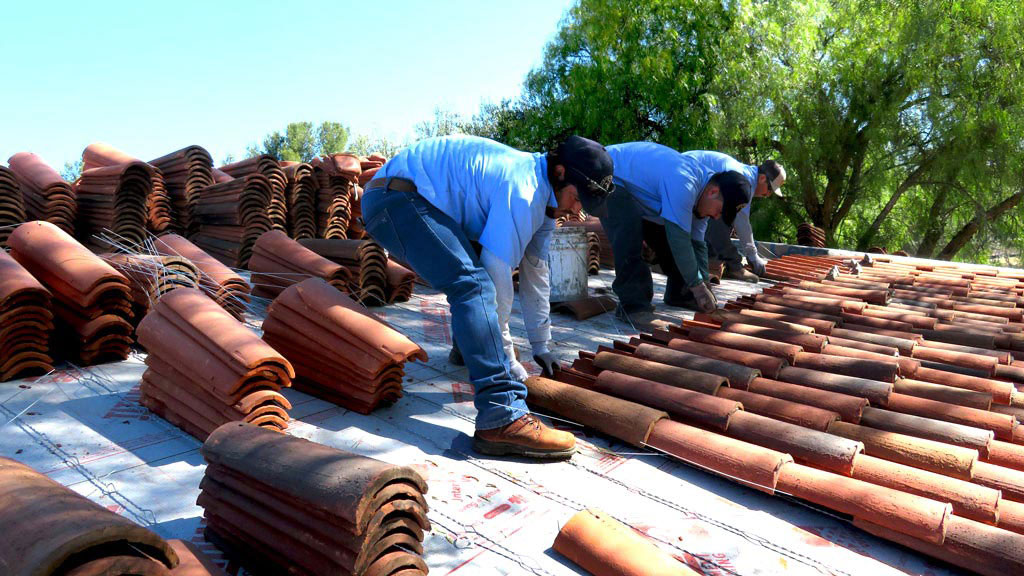The production of clay roof tiles is a long-standing process that involves multiple delicate steps of extracting natural clay materials, manufacturing finished tiles, and then firing them at high temperatures, ultimately becoming durable and aesthetically pleasing building materials. The following is the detailed process of making clay tiles:
1. Collection and preparation of raw materials
The first step in making clay roof tiles is to collect suitable raw materials. Clay is the main component and is usually extracted from underground. After harvesting, the clay needs to be taken to a place called a yard, which is an open area used to expose the clay to natural elements to remove impurities and moisture. This process can last for several months to ensure that the clay becomes more suitable for making tiles.
2. Material mixing
Once the clay is treated in the yard, it will be mixed with other materials to improve its texture and working performance. Common additives include sand, lime, adhesives, and pigments. These additives can change the texture, color, and water resistance of clay to meet specific requirements.
3. Ceramic tile forming
The mixed material is sent to the production line, usually in a continuous process. Here, the material is compressed into the shape of a ceramic tile. This can be achieved by using large rollers, extruders, or vibrating presses. Molds can give specific shapes, textures, and dimensions to ceramic tiles.
4. Drying
The formed ceramic tiles need to be dried to remove moisture. This process usually occurs in rooms where the temperature gradually increases. Firstly, the tiles are dried at room temperature and then gradually raised to high temperature. The drying time and temperature will vary depending on the size and thickness of the tiles, usually taking a few days.

5. Ignition
Ceramic tile firing is a key step in the production process and also the reason why clay tiles are very durable. Ceramic tiles are fed into special kilns, where the temperature usually exceeds 1000 degrees Celsius. This high-temperature firing process makes the tiles hard, durable, and resistant to harsh weather conditions.
6. Painting and decoration (optional)
Some clay tiles can be painted and decorated after firing. This includes adding colors to the surface of ceramic tiles or using special decorative techniques to meet the decorative needs of the building.
7. Quality inspection
Finally, the produced tiles will undergo quality inspection to ensure they meet the standards. Check all aspects, including size, texture, color, and appearance. Any failed tiles will be rejected.
Once the ceramic tiles pass the quality inspection, they can be packaged and sold. Clay tiles have excellent durability and aesthetics due to their natural materials and properties of being fired at high temperatures, and are widely used for roof coverings and architectural decoration. This ancient craft continues to this day, providing reliable roof covering materials for buildings.

